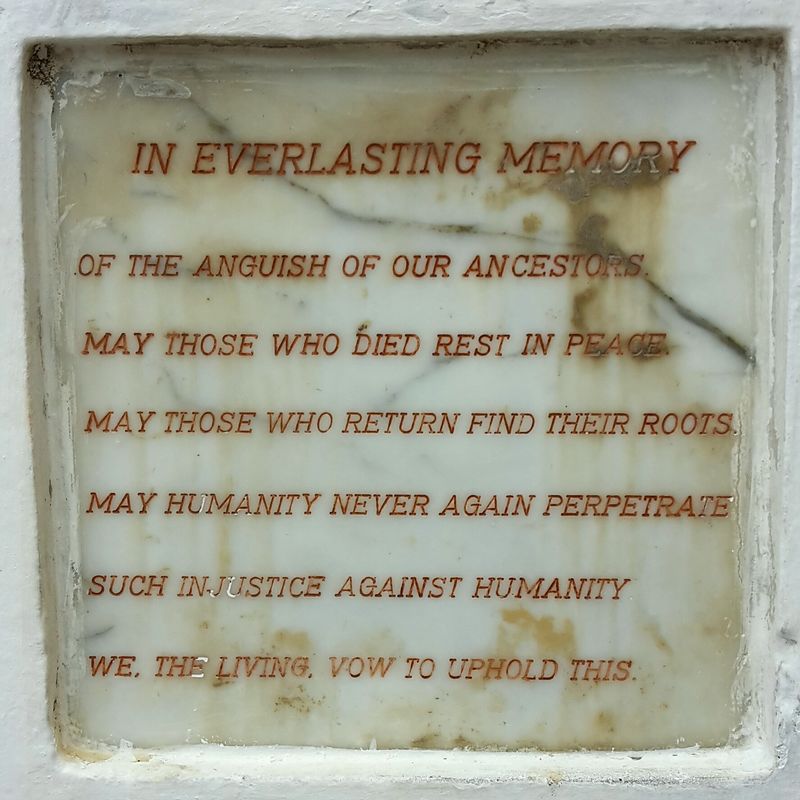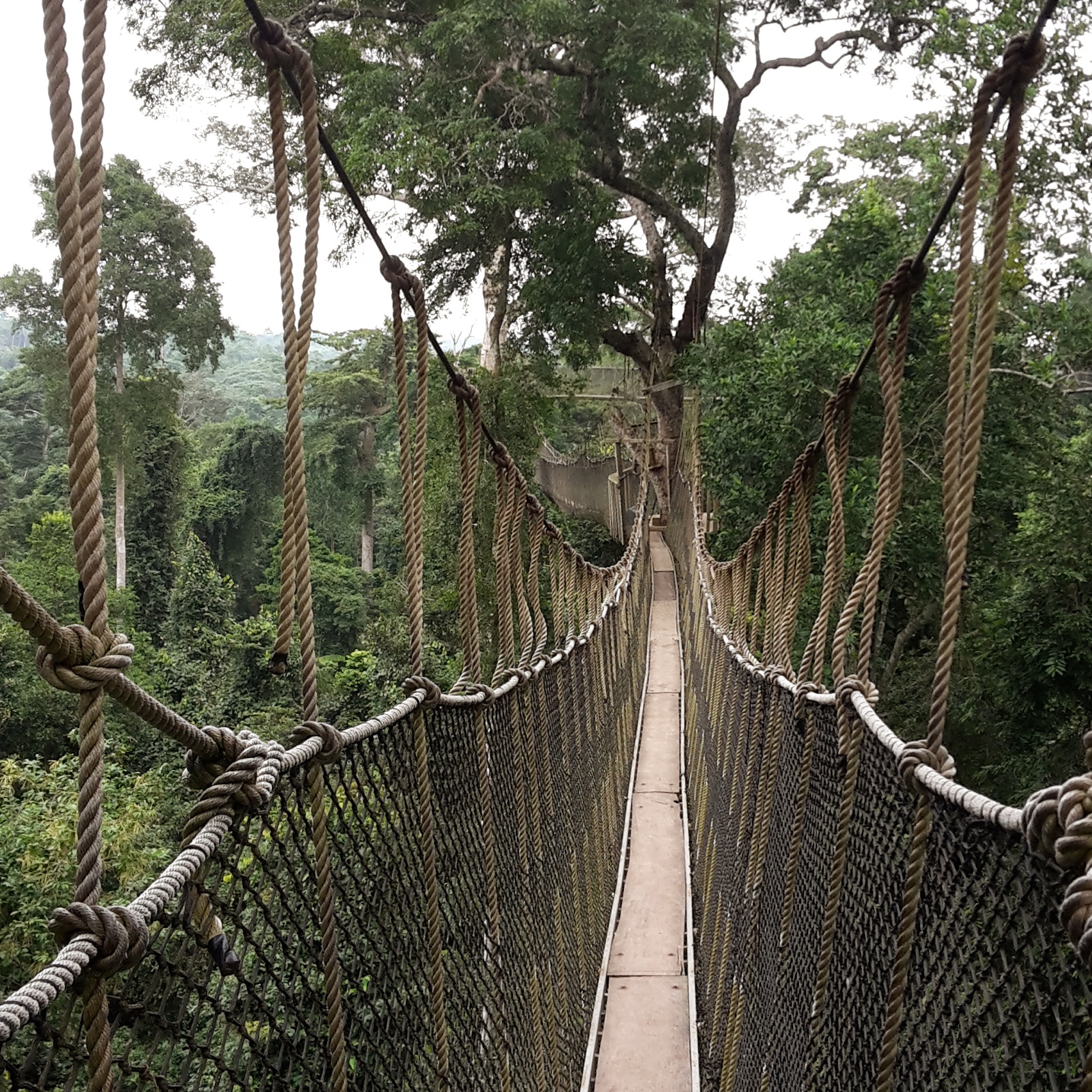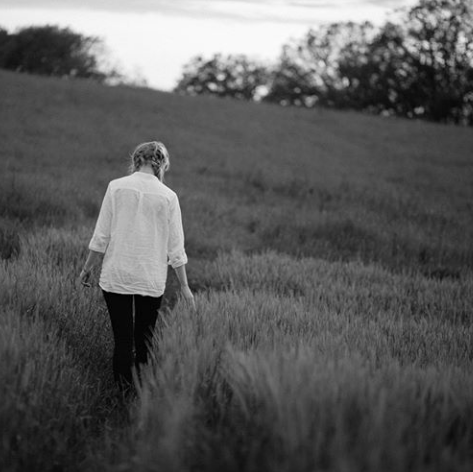Cape Coast
Today I spent my day off at Cape Coast, which is just 30 km south of the Kakum Park and, as the name says, is at the Atlantic coast.

To get to Cape Coast I wanted to take a Tro Tro, a small van for around 15 people. These are the main means of public transport, if you don’t want to take a taxi, and they pass by just randomly. The drivers are self employed, so there is no time table, but the routes are fixed. The vehicles are in a driveable condition, but not more. The mate of the driver sits next to the sliding door which is often closed with the help of a rope and collects the money from the passengers and calls out to attract new guests. If too much luggage is to be transported also the trunk is closed only with a rope. One time my backpack was in there and for the whole ride I was worrying about it, but other than it getting a little dusty, nothing happened.
It is a big white building with many canons still directed to the sea as well as to the land, as if still waiting for an enemy to come and pose a threat.
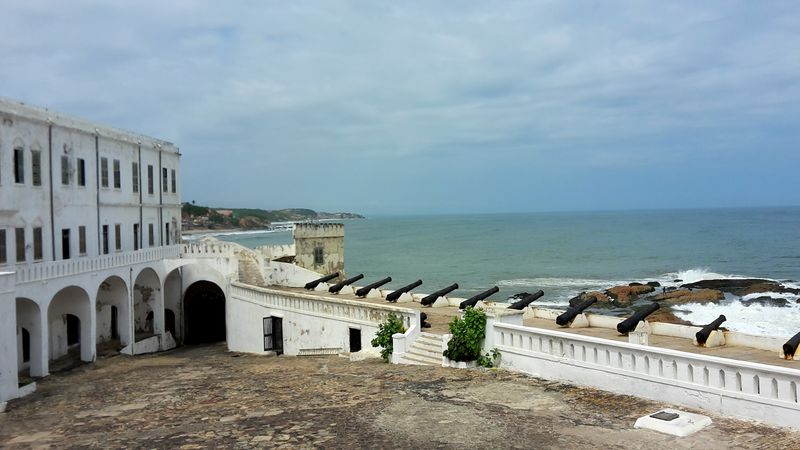
From the outside you wouldn't particularly connect it with slave trade - that changes when you enter the basements. There are the quarters, the dungeons, where so many people were kept as slaves, waiting sometimes for months in darkness, heat and dirt for a ship that would bring them to the Americas. If they would survive the journey. After captivity in the dungeons of the castle the ships would bring no other relief than that the wood might be a little more comfortable than the stone floor and that some light might shine through some chinks.
To think about how people treated other people is just overwhelming. It is frightening what humans then and also in other times of the past were able to do to each other. Impossible to imagine what people endured, what conditions, pains, suffering, humiliation they survived.
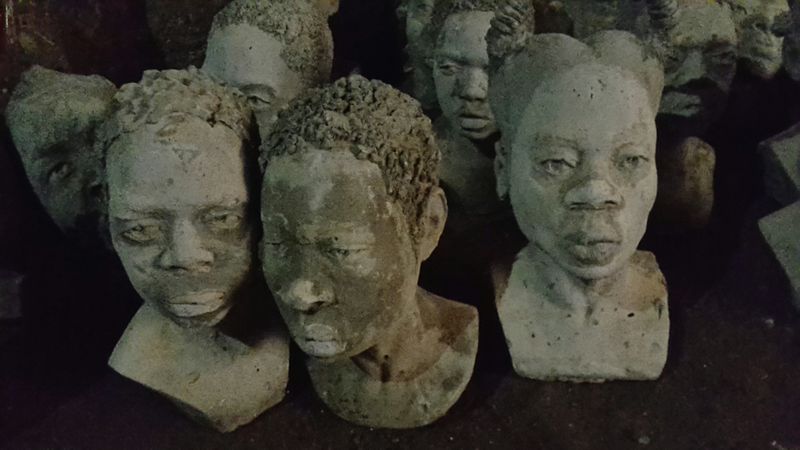
Humans can be very strong if they have to, I believe. But our task today is to prevent any situation where people have to be that strong.
We have to make sure that noone takes away the human rights of anyone else. And this plays an increasing role today where there are other means through which people can become enslaved to others. Not merely physically but rather economically or even mentally.
